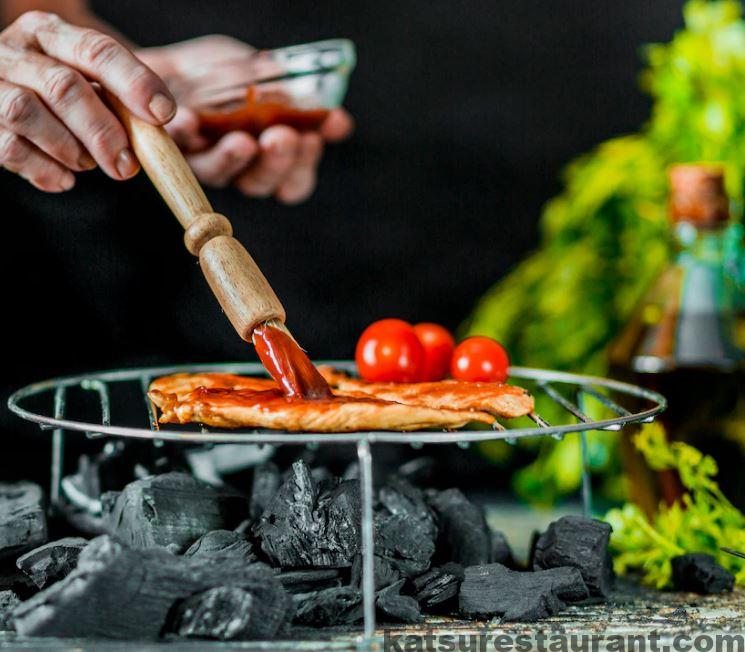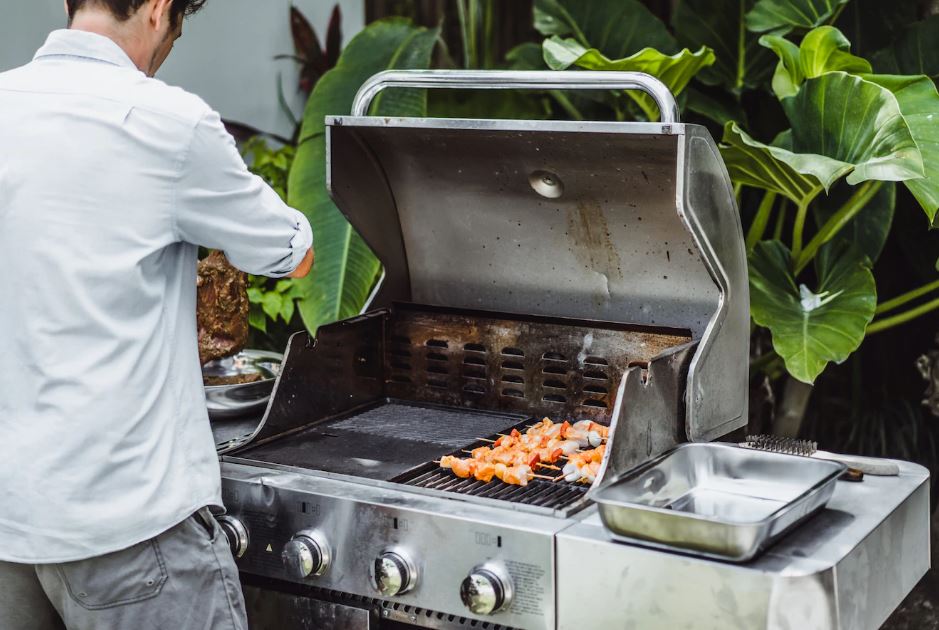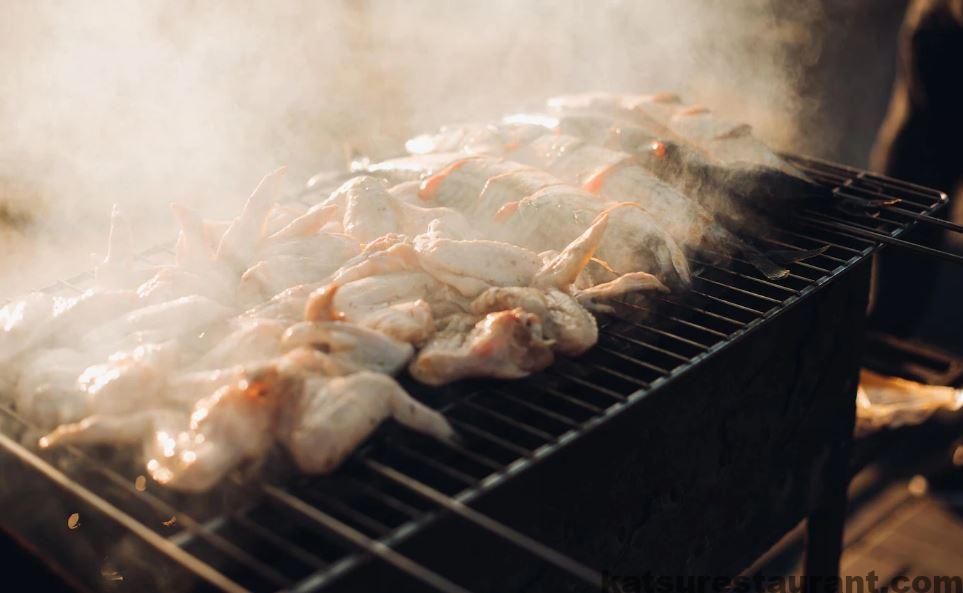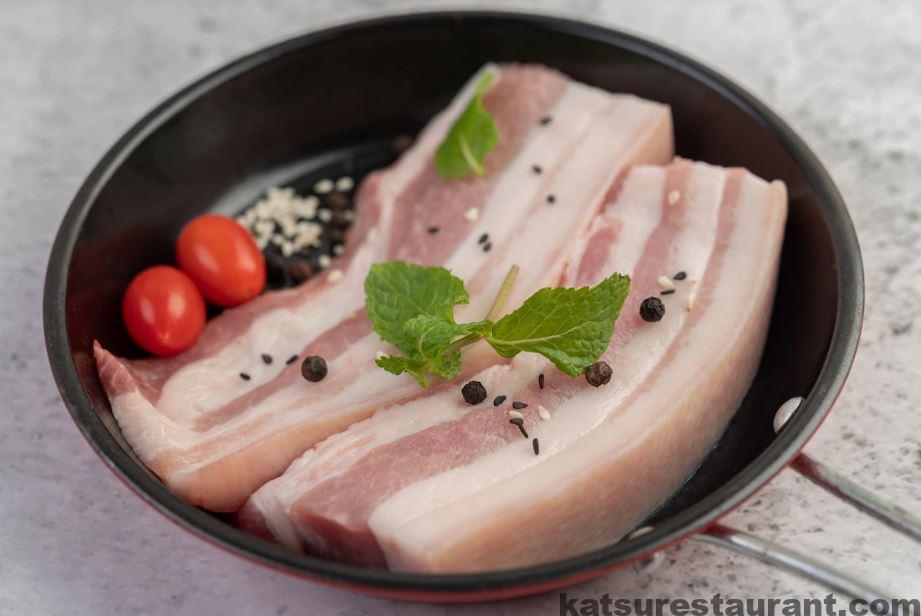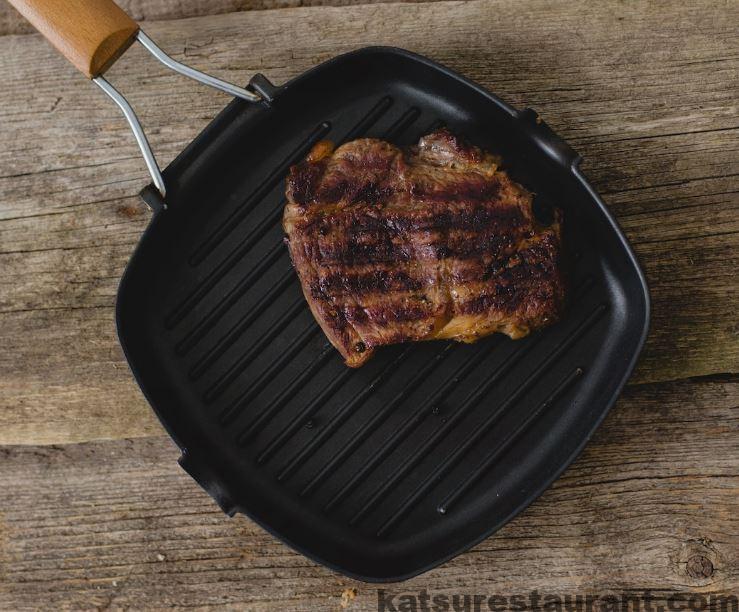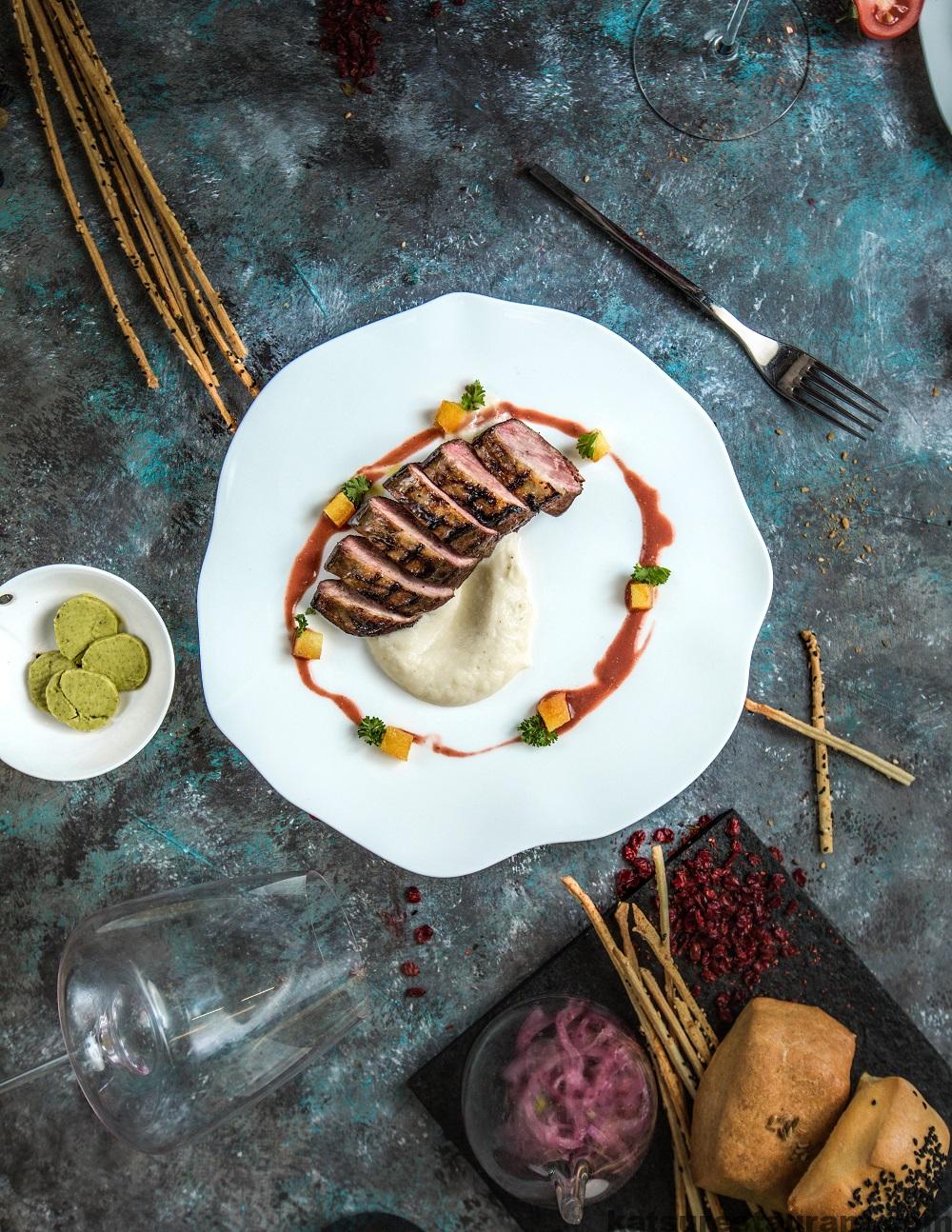If you’ve ever tried to cook a brisket low and slow, then you know how hard it can be to get the internal temperature just right. It’s a delicate balance of timing and technique that requires patience, skill, and knowledge of which temperatures are ideal for cooking big cuts like brisket. In this blog post we’ll look at what sorts of thermometers work best, explain why it is important your brisket hit certain target temps, explain why different temperatures allow for optimal tenderness/juiciness (ideal doneness), provide tips on using digital thermometers correctly so you can achieve perfect results every time! Have no fear about BBQing your next masterpiece – with our expert advice on grilling successful briskets to absolute perfection in no time!
Brisket Internal Temp: 210°F
(99°C). The ideal internal temperature for brisket is 210°F (99°C); this ensures that the meat has had enough time to reach its optimal level of doneness. Anything lower than this could result in a tough, chewy texture, while temperatures higher than 210°F (99°C) tend to lead to dry, overcooked brisket.
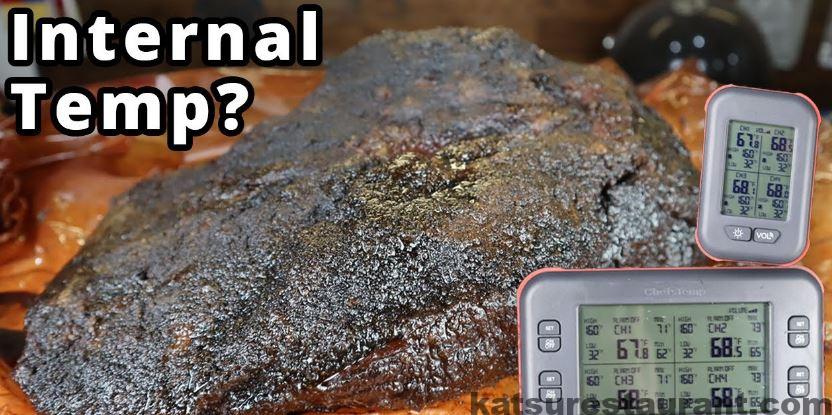
Thermometers:
For the best accuracy and consistency in measuring temperature, digital thermometers are preferred over traditional dial thermometers. Digital thermometers can quickly measure internal temperatures of meat while providing a real-time readout on an LCD screen–ideal for monitoring cooking progress from a distance! Additionally, long probes are recommended for brisket (as well as other large cuts of meat) to prevent overcooking.
Tips and Tricks:
1. Allow the brisket to rest after cooking before slicing into it – this helps redistribute the juices so that they don’t all run out when you cut into it!
2. Insert the thermometer deep into the thickest part of the brisket, away from any bone or fat.
3. Check the temperature regularly throughout cooking and adjust heat levels as necessary to ensure that you don’t over- or undercook your brisket!
4. Finally, once you have hit your desired temperature, wrap the brisket in aluminum foil and allow it to rest for at least 30 minutes before serving.
What’s The Best Brisket Internal Temperature?
The best brisket internal temperature is 210°F (99°C). This ensures that the meat has had enough time to reach its optimal level of doneness without becoming dry or overcooked. It’s important to monitor the temperature of your brisket regularly throughout cooking and adjust heat levels as necessary to ensure you hit this target every time. With the help of a good digital thermometer, you can easily achieve perfect results every time!
Why 210° for the Internal Temperature?
Cooking to the right internal temperature is key for achieving optimal tenderness. If you let your brisket cook too long, it will dry out and become tough. Cooking it to a lower temperature than 210°F (99°C) results in a chewy texture. On the other hand, cooking to an internal temperature of 210°F (99°C) ensures that the collagen and fat have been broken down, resulting in tender, juicy meat.
Additional Tips for Smoked Brisket
1. When smoking a brisket, keep your smoker temperature around 225-250°F (107-121°C).
2. Briskets should always be cooked indirectly and never directly over heat.
3. Use a good digital thermometer with a long probe to measure the internal temperature of your brisket accurately.
4. Let the brisket rest for at least 30 minutes after cooking before slicing it to help retain the juices.
5. To achieve a smoky flavor, add wood chips or chunks to your smoker to provide smoke.
6. Lastly, baste your brisket with apple juice or other liquids during the cooking process to keep it moist and add flavor.
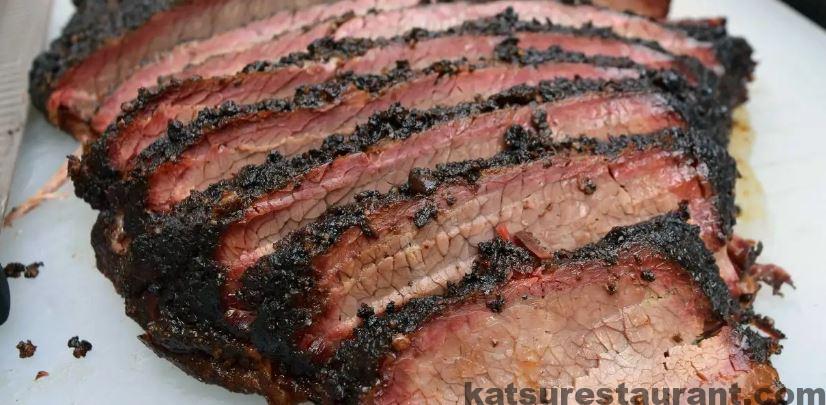
Tips for Smoking a Full Packer Brisket
1. When smoking a full packer brisket, use a smoker temperature of 225-250°F (107-121°C).
2. Make sure you insert the thermometer deep into the thickest part of the brisket, away from any bones or fat.
3. Use either wood chips or chunks to provide smoke flavor.
4. Check the internal temperature regularly throughout cooking and adjust the heat levels accordingly to make sure you hit your desired target of 210°F (99°C).
5. Baste the brisket with apple juice or other liquids during cooking process to keep it moist and add flavor.
6. Once you have hit the desired temperature, wrap the brisket in aluminum foil and allow it to rest for at least 30 minutes before serving. This helps redistribute the juices so that they don’t all run out when you cut into it!
7. Slice your brisket against the grain for best results.
8. Enjoy!
Is Smoked Brisket Healthy?
Smoked brisket can be part of a healthy diet when consumed in moderation. It is high in protein and contains essential nutrients such as iron, potassium, magnesium, and zinc. However, it’s also high in fat and calories so it should be eaten in moderation to avoid health risks associated with overconsumption of saturated fat. Additionally, it’s important to monitor the temperature of your brisket regularly throughout cooking and adjust heat levels as necessary to ensure that you don’t over- or undercook your brisket.
The bottom line is that smoked brisket can be part of a balanced diet when eaten in moderation. With the help of a good thermometer and a few simple tips, you can enjoy the delicious flavor and juiciness of smoked brisket time after time!
How To Smoke A Brisket
Smoking a brisket requires patience and attention to detail to ensure you get the perfect results. Here’s what you need to know:
1. Prepare your smoker with wood chips or chunks for smoke flavor.
2. Place the brisket fat side up on the grill grate, indirect heat (not directly over heat).
3. Maintain a smoker temperature of 225-250°F (107-121°C) throughout the cooking process.
4. Insert an accurate digital thermometer into the thickest part of the brisket, away from any bones or fat.
5. Keep basting your brisket with apple juice or other liquids every 30 minutes or so to keep it moist.
6. Monitor the internal temperature of your brisket regularly and adjust the heat levels accordingly to ensure you hit a target of 210°F (99°C).
7. Once you have hit the desired temperature, wrap your brisket in aluminum foil and allow it to rest for at least 30 minutes before serving.
8. Slice your brisket against the grain for best results.
9. Enjoy!

Final Thoughts on Brisket Temps
Brisket temps are crucial for achieving a moist, tender texture in smoked briskets. It’s important to monitor the temperature of your brisket regularly throughout cooking and adjust heat levels as necessary to ensure that you hit the desired target internal temperature of 210°F (99°C). With the help of a good digital thermometer, you can easily achieve perfect results every time!


